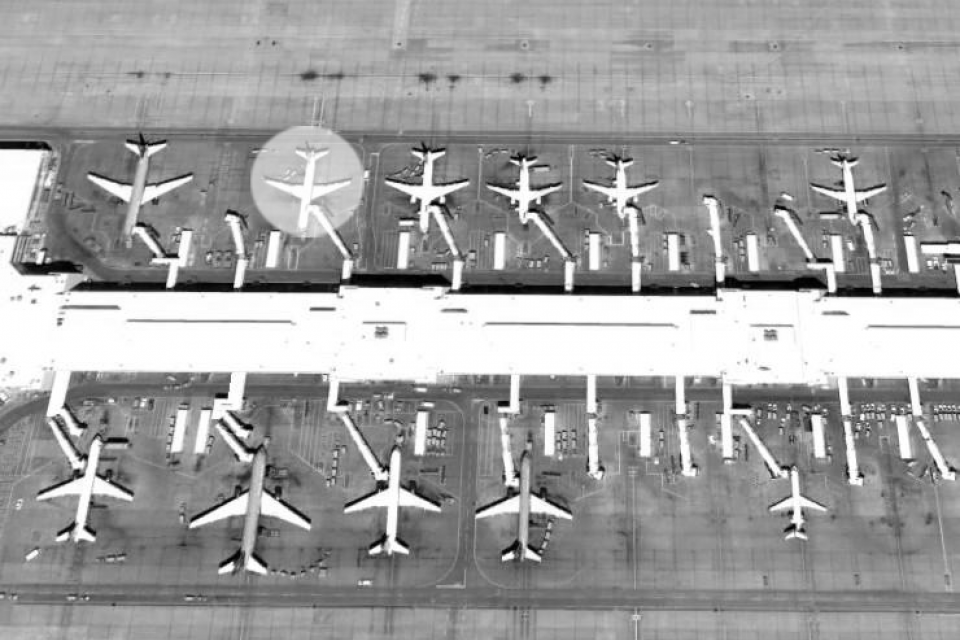Datasets
Standard Dataset
A Simulated Remote Sensing Dataset Based on 1064nm Laser Illumination
- Citation Author(s):
- Submitted by:
- Yuan Dong
- Last updated:
- Fri, 12/27/2024 - 08:07
- DOI:
- 10.21227/bha3-2d69
- License:
 120 Views
120 Views- Categories:
- Keywords:
Abstract
Based on the analysis of laser characteristics, we have created a simulated dataset of near-infrared images of 1064nm laser spots. The spot collection process was carried out under natural light conditions. The divergence phenomenon during laser irradiation was excluded because the emitted 1064nm laser spots are adjustable. Without considering the energy loss of the laser in natural light and atmospheric turbulence, the collected near-infrared laser spot image information was reasonably spliced with images from the HRSC dataset, which includes target image information processed after laser irradiation. During the simulation experiment, it is necessary to ensure the accuracy and stability of the laser irradiation to guarantee that the collected image information has high clarity and accuracy. At the same time, for different types of target objects, such as aircraft, hulls, and vehicles, appropriate processing and recognition must be carried out according to their characteristics and shapes to ensure the authenticity and credibility of the composite images. Additionally, the design and adjustment of the optical path system must be considered to maximize image quality and resolution. The construction of this dataset is expected to fill the research gap in existing laser spot datasets for the 1064nm near-infrared band, providing richer data resources for related fields of study.
The simulation we designed generated a total of 244 images as the initial dataset, which includes three labels: False-target, Laser-spot, and Real-target. The initial sample size is limited, with the total number of images and the number of images in each category not meeting the requirements. Therefore, data augmentation is used to expand the sample data and increase the features learned by the model. We expanded the dataset by performing operations such as vertical and horizontal flips, 45° mirror rotations, enhancing the image's brightness interval features, and increasing the number of simulated laser spots, resulting in a total of 980 images after expansion.
Documentation
| Attachment | Size |
|---|---|
| 309.11 KB |






